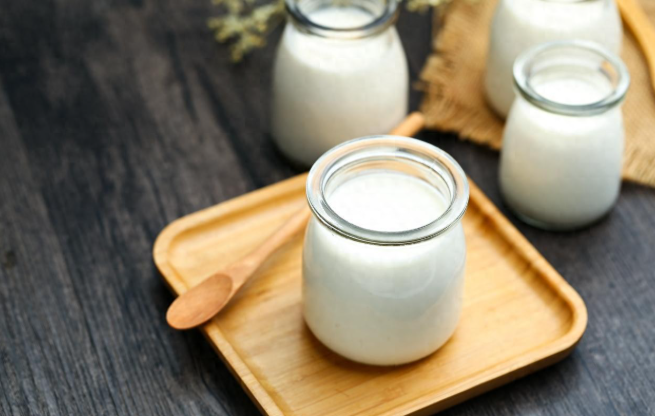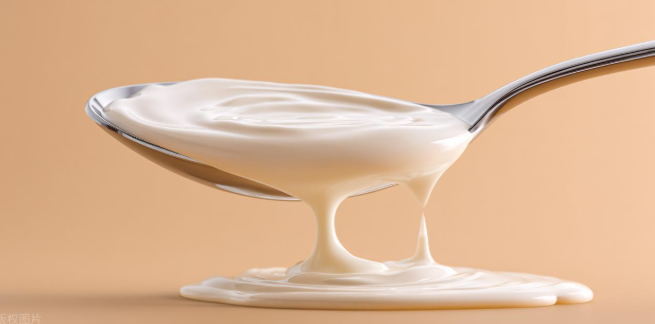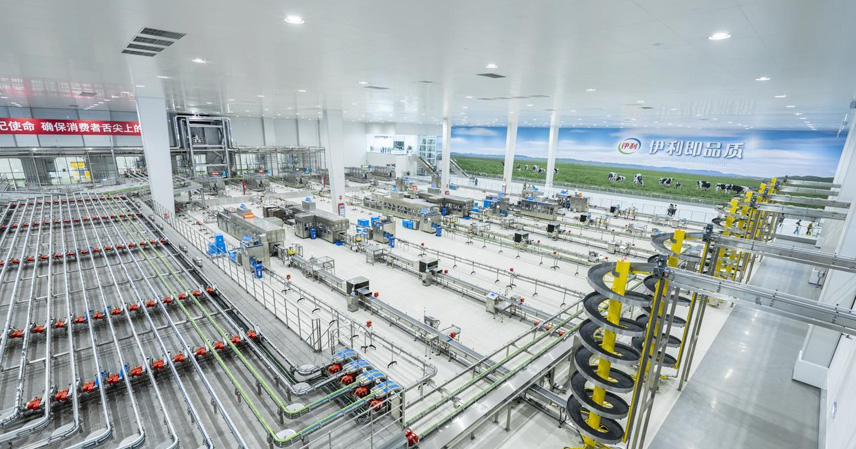In today’s diverse dairy market, reconstituted milk is a widely consumed product, yet it’s plagued by myths and misconceptions. This article breaks down the essence, production process, and true value of reconstituted milk to help consumers make informed choices.
What Is Reconstituted Milk?
Reconstituted milk is made by blending dried or concentrated milk products with water in precise ratios, using a specialized formula. The mixture is then homogenized, sterilized, and aseptically packaged, resulting in a rich, creamy liquid with a taste similar to fresh milk.

Its applications are vast:
- Raw material for yogurt, flavored milk, and other dairy products
- Ingredient in milk tea, coffee, and other beverages
- Component in baked goods and confectionery
- Milk supply in specialized environments (e.g., remote areas or emergencies)
How Is Reconstituted Milk Made?
The production process is meticulous, ensuring quality and safety:
- Raw Material Selection: High-quality milk powder or concentrated milk is chosen.
- Reconstitution: Milk powder is mixed with water at the appropriate temperature and ratio.
- Homogenization: The mixture is processed to evenly distribute fat, ensuring a smooth texture.
- Sterilization: Ultra-high temperature (UHT) or pasteurization eliminates bacteria.
- Cooling and Packaging: The milk is rapidly cooled and aseptically packaged to maintain freshness.

Debunking Common Myths
One persistent rumor claims reconstituted milk is “fake milk” with low nutritional value. In reality, reconstituted milk is derived from natural cow’s milk, retaining key nutrients like protein and calcium. While some heat-sensitive vitamins (e.g., B1 and B6) may be reduced during processing, the core nutritional profile remains largely intact.
Common concerns include:
- “It’s full of unsafe additives!” Compliant reconstituted milk uses minimal additives like stabilizers, strictly adhering to national safety standards. Consumers can check labels to choose products with fewer additives.
- “It’s not suitable for kids!” Reconstituted milk is a viable source of protein and calcium for children. Opt for products without added sugar and ensure a balanced diet.
- “It’s low-quality!” Reconstituted milk is a legitimate dairy product, with its milk powder meeting national quality standards, not inferior ingredients.

Nutritional Value
Reconstituted milk retains essential nutrients:
- Protein: Comparable to fresh milk, providing essential amino acids.
- Calcium: Minimal loss during processing, with high bioavailability.
- Other Minerals: Phosphorus, magnesium, and zinc are well-preserved.
- Carbohydrates: Stable lactose content offers a reliable energy source.
While high-temperature processing may reduce some vitamins, reconstituted milk remains a valuable source of protein and calcium. Its nutritional profile, though slightly different from fresh milk, makes it a safe and trustworthy choice for daily consumption.
Why Choose Reconstituted Milk?
Far from being “fake,” reconstituted milk is a legitimate dairy product that meets rigorous standards. Its versatility, affordability, and nutritional benefits make it a staple in many industries and households. By understanding its production and value, consumers can confidently include it in their diets, free from the cloud of misinformation.



